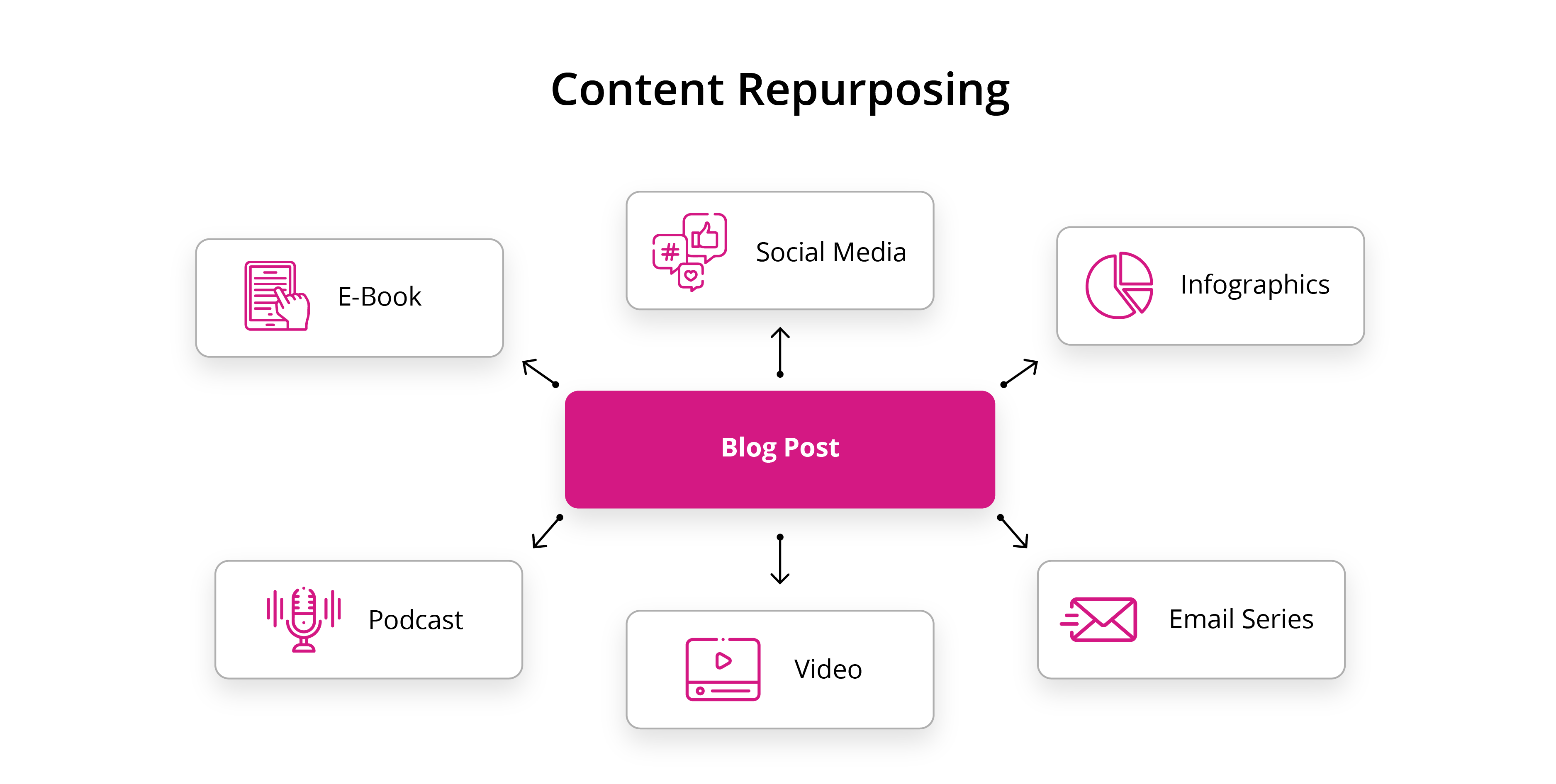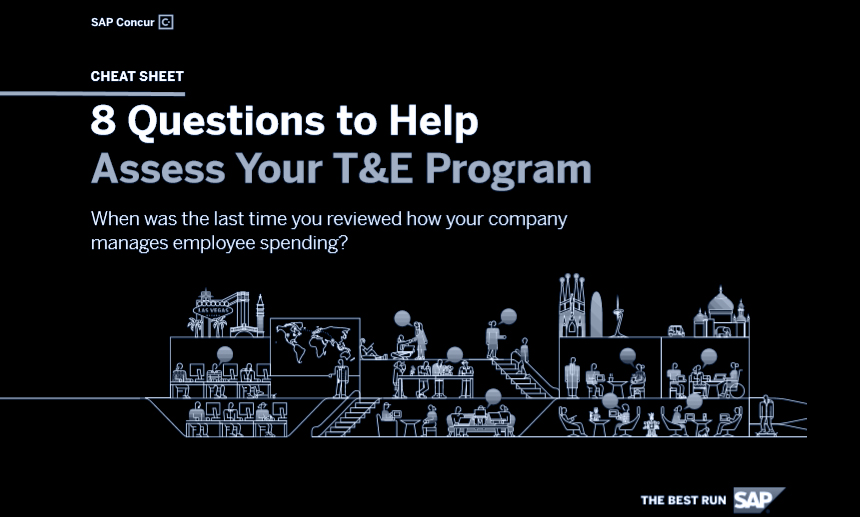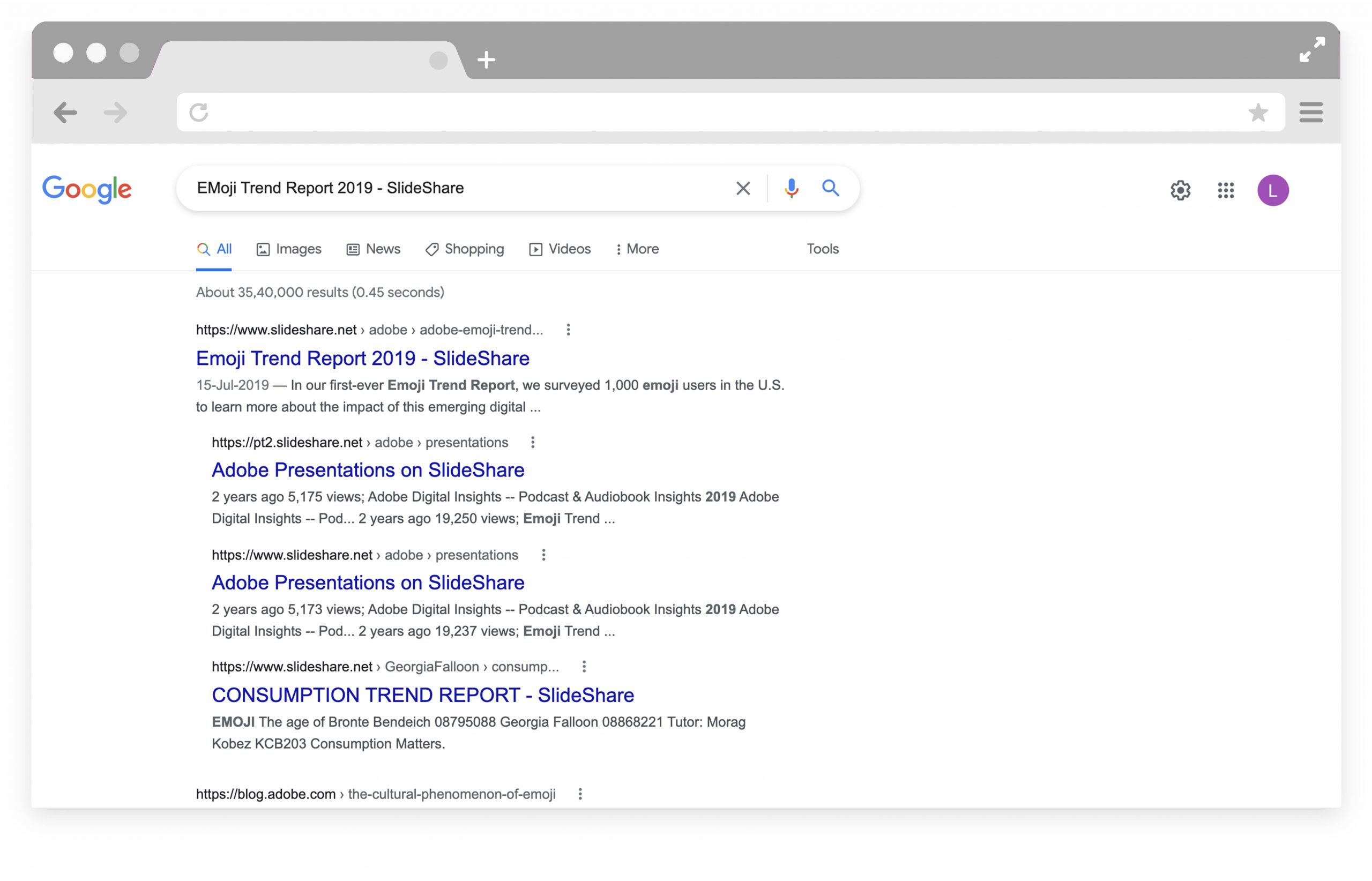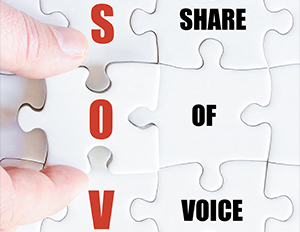5 Best Practices For a Well-oiled Content Repurposing Machinery
B2B content marketing is one of the significant ways to generate demand, convert leads, and increase sales. Around 50% of organizations say that connecting with customers through insightful content is a top factor driving their success. However, many still lack efficient processes for managing and scaling that content. With fewer industry events and limited in-person interactions, convincing prospects becomes challenging. Moreover, developing engaging, relevant, and high-quality content consistently in suitable formats requires skilled resources, a significant investment of time, and precision in understanding the audience and targeted messaging.
As there is much content marketing noise to wade through, marketing teams are looking for ways to make content more relevant for their audiences throughout their journeys. Besides content personalization, one key strategy that B2B marketers are exploring is content repurposing. Marketers are utilizing this method to increase engagement and conversion by making existing content more relevant.
Simply put, content repurposing is the practice of reusing all the elements of the existing content to build a new content piece or a different form of asset ultimately to expand content reach. The existing content can be repurposed by transforming its elements and placing it in a new format such as a blog post into an infographic, podcasts, or a video to drive engagement and value. Some of the benefits include:
- Expanded Reach
Different people have different choices and preferences when it comes to consuming content online. One of the major advantages of content repurposing is that you can deliver the content in different formats such as audio, image, video, and text. This makes your content less repetitive and enables you to expand your reach and serve different audiences. - Saves Time and Resources
Producing content consistently requires time, resources, and money. The idea behind content repurposing is to save time on the creation process and reach a wider audience at the same time. It not only enhances your ability to deliver the same piece of content in multiple ways but also improves retention and marketing ROI. - Increase in Conversion Rates
When you repurpose content and publish it on different platforms, there are high chances that your content will be shared across the web. This increases your brand awareness and helps you build a new customer base for the products or services you offer.
5 Best Practices For a Well-oiled Content Repurposing Machinery
When choosing a content piece for repurposing, you must look at its metrics, how it has performed in the past, and what value it can deliver after repurposing. Research articles that have performed well and think about what can be done to deliver a fresh experience. Here are some best practices that you can follow while repurposing content.
- Use Evergreen Content Pieces
Evergreen content refers to the content pieces that consist of timeless subject matter, deliver a long-term value, and are relevant to a large and recurring audience. Evergreen articles are search engine optimized as they include strategic titles, customized meta descriptions and images, and a well-organized structure. A few examples of evergreen content are case studies, how-to guides, glossary, list posts, and more. Since evergreen content tends to rank higher in the search engine, they are best for repurposing. Such content pieces not only boost traffic but also bring the opportunity for lead generation. Furthermore, you can use Google Analytics or similar tools to check which evergreen content piece will be beneficial if repurposed based on its popularity. - Repurpose High-performing Content
A high-performing article is readable, highly informative, navigational, and shareable. It includes well-researched keywords, captivating headlines, graphs, screenshots, gifs, and relevant visuals. Old and high-performing articles and blogs are ideal for repurposing. They can be transformed into an informative video that can boost traffic, engage end-users, maximize ROI, and more. According to HubSpot YouTube demographics, 70% of viewers purchase a brand after seeing their video content on YouTube. However, to repurpose high-performing content, you need to find content pieces that are ranked best for metrics like reach, organic visibility, backlinks, shares, and other performance statistics. Once you have created a video, you can include strong and strategic live CTAs with powerful action verbs and clickable links in the form of titles and thumbnails. Incorporating a live CTA is one of the best ways to make your content relevant, exciting, concise, and responsive.

- Group Your Existing Content
You can gather interesting, valuable, and well-aligned content pieces and repurpose them into email series, newsletters, and thematic campaigns. Moreover, if you’ve several blogs on your website on a particular topic, you can repurpose them into a cohesive eBook. Add a few instructions, examples, use cases, and links to your repurposed content piece to navigate your readers. - Identify the Organic Competition
Determining the organic competition helps you identify the trending and top-performing content assets published by your competitors. You can repurpose such content pieces into a video, blog posts, listicles, and infographic. However, the repurposed content piece must be an improved and updated version of the existing content. One of the best approaches to identify organic competition is using a skyscraper technique. This technique not only helps to find competitors’ top-performing content assets but also enables you to earn editorial links, drive traffic, and improve the quality of your repurposed content. It works on three core principles – Find top-performing content on other websites, Create an improved and updated content piece on the same lines, and Promote it to the right audience. - Publish Repurposed Content on Various Platforms
Once you have a repurposed piece of content, try publishing it on various platforms such as LinkedIn Pulse. You can also repurpose your content into listicles, publish it on platforms like forums or Quora and provide a backlink to the original post on your website. This will help you to reach a much larger audience organically without additional efforts.
Top Brands Repurposing their Content
- SAP Concur
SAP Concur is the world’s leading brand known for its travel, expense, and invoice management solutions. The team at SAP Concur believed in the idea of repurposing high-value content to build engagement and awareness. To make their content consumable, the team transformed their e-book content into an interactive landing page with a clear CTA, and crisp content packaged in a way that is more compelling than an eBook.

- Adobe
Adobe Systems is a multinational software company best known for its flagship products such as Photoshop, Acrobat Reader, and Adobe Creative Cloud. Adobe wanted to boost the visibility of their cornerstone asset and therefore, they repurposed the information included in their 2019 Emoji Trend Report into a blog post and slide share to ensure the content is visible to different audiences, easier to grasp, and delivers value.

Conclusion
Repurposing content is a great inbound marketing tactic. It is an effective way of creating relatively easy content to connect with, educate, and support prospects and customers. Additionally, repurposing content does not require a significant amount of time and budget, instead, it helps drive traffic, improve brand awareness, and delight end-users.
So, what are you waiting for?
Follow the above-highlighted best practices to repurpose your existing, evergreen, and high-performing content assets to engage your target audience right away!



